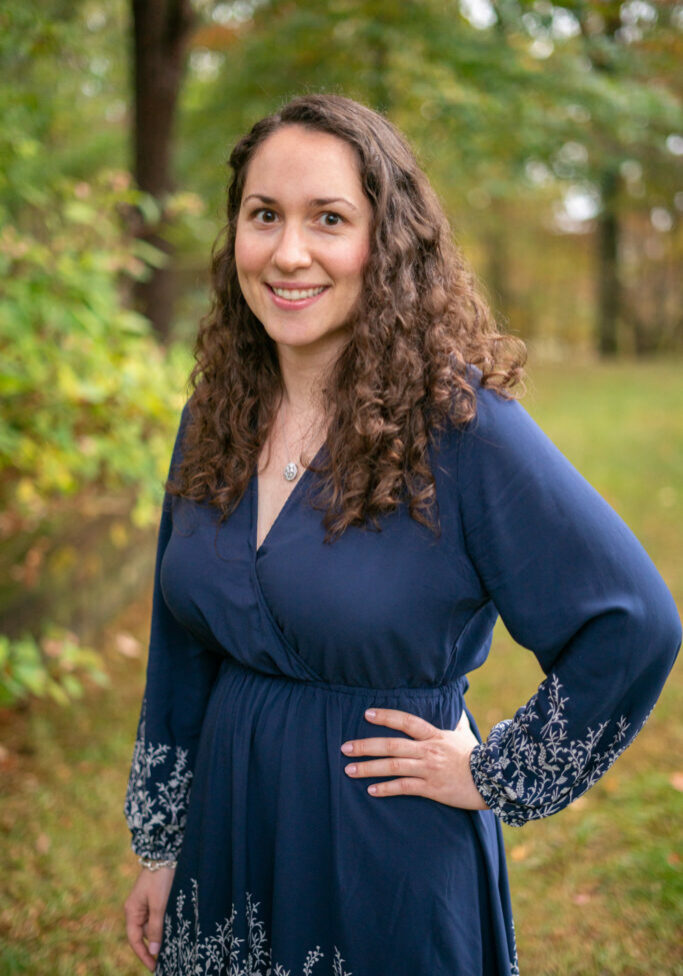Comprehensive Eye Exams and Education
Name five things you would expect to find in every school nurse’s office.
Was the big E eye chart on your list? That’s the Snellen chart, named after Herman Snellen, a 19th-century Dutch eye doctor who developed it, and it’s a great diagnostic tool for catching nearsightedness. Unfortunately, nearsightedness is far from the only vision problem a child could have—or the only one that can impact their education. This is why comprehensive eye exams with an optometrist are so important for children starting school.
The Link Between Eyesight and Learning
Up to 80% of a sighted person’s learning is linked to their vision. The ability to see clearly and effectively perform visual tasks is critical to a developing child’s social life, education, and performance in sports. They spend a large portion of their time at school reading textbooks, writing in notebooks, and reading off of whiteboards, all of which require good vision.
The Invisible Vision Problems
If a child has one of the many vision problems unrelated to nearsightedness, there’s a serious risk that it won’t be diagnosed, whether it’s farsightedness, color blindness, astigmatism, poor hand-eye coordination, poor visual perception, or an error in their binocular vision that impacts their ability to focus, track, and team. Any of these problems can make simple school tasks harder and less enjoyable and have a major impact on their learning.
The Impact of an Undiagnosed Vision Problem
If something goes wrong with our eyesight when we’re adults, we can more easily recognize that it’s a problem with our eyes, not just a normal thing that everyone experiences but only we struggle to manage. Kids, on the other hand, may think that they are the problem — that they aren’t smart enough to succeed in school or that learning is boring. Adults can inadvertently reinforce these attitudes because they might think the child has a learning disorder instead of a vision problem.
Recognize Common Eye Problem Symptoms
Some eye problems are very obvious, such as an eye pointing in the wrong direction, but many symptoms are subtle. Watch for any of the following if you are a parent:
- Difficulty with reading comprehension
- Difficulty completing schoolwork
- A short attention span (especially for close work)
- A habit of covering one eye
- Frequent headaches
- Frequent blinking and eye-rubbing
- Fidgeting
If your child has these symptoms, make sure to at least rule out vision problems by scheduling a comprehensive eye exam before assuming the problem is a learning disorder.













